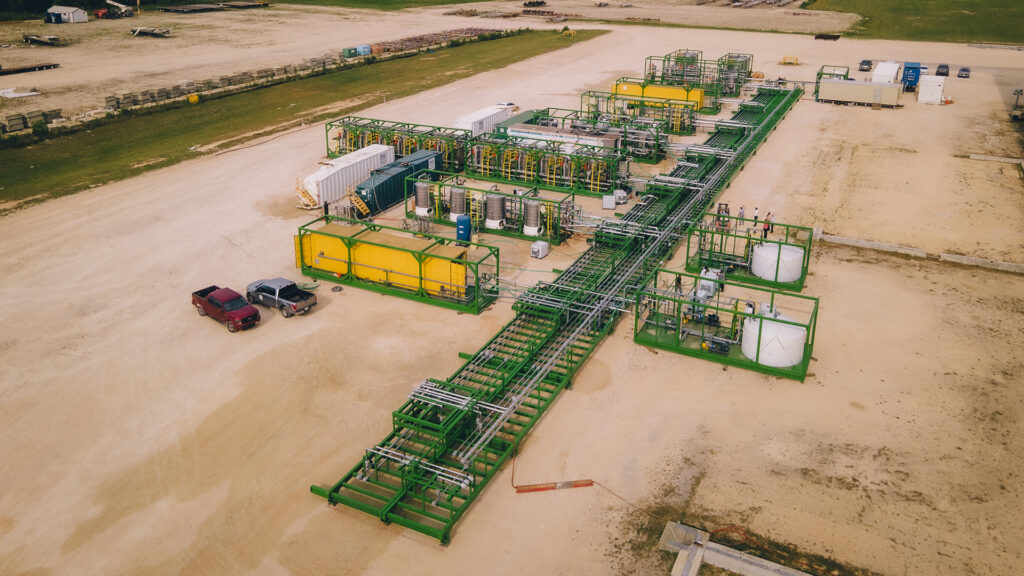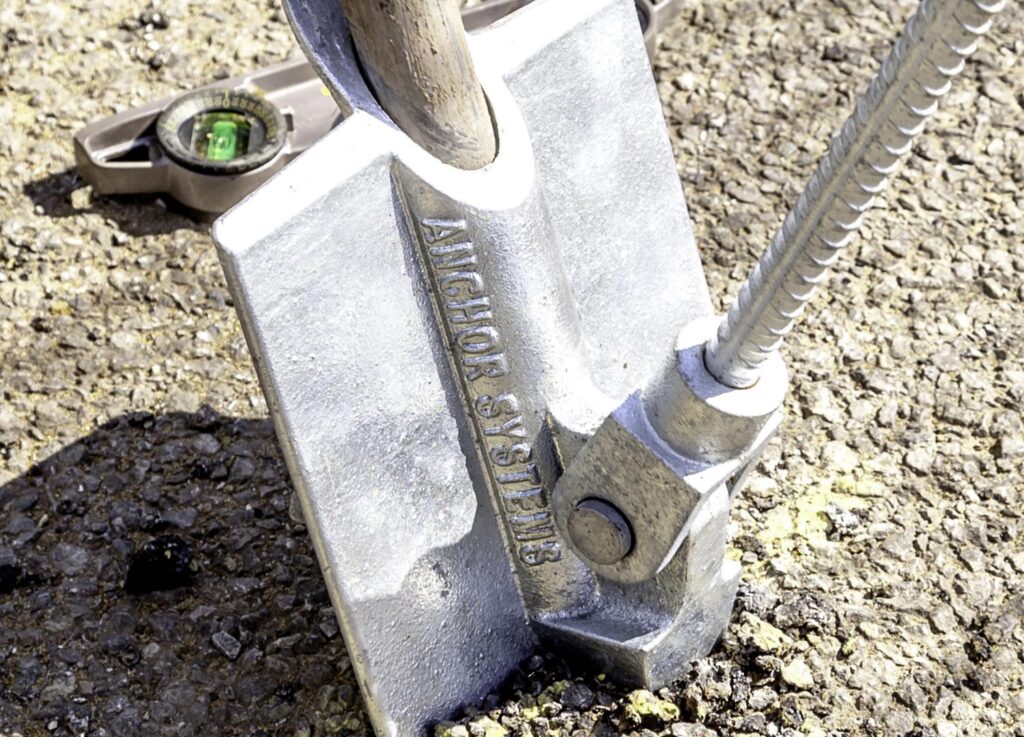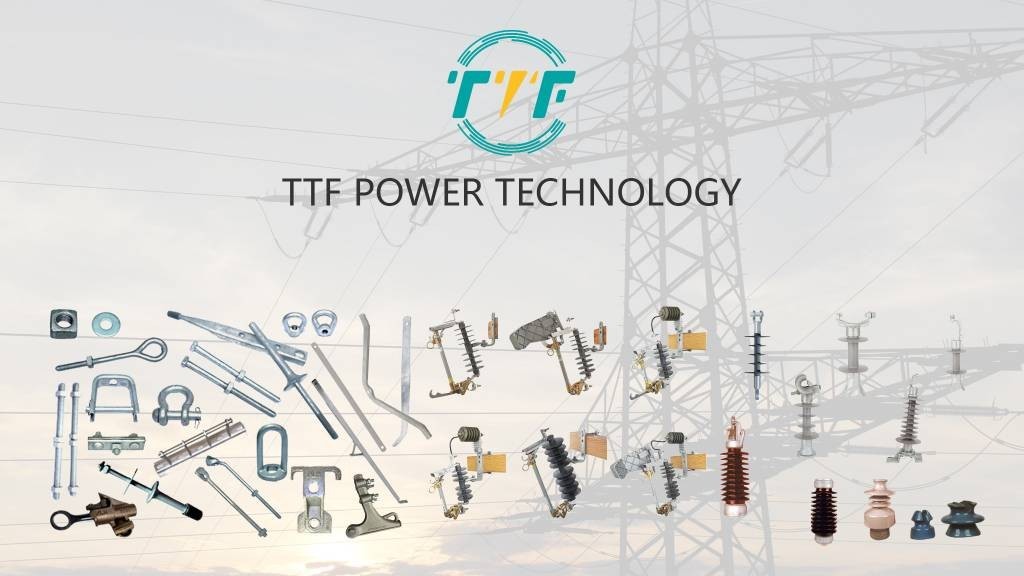
Argentina holds 21% of the world’s lithium reserves and is experiencing rapid growth due to strong global demand for electric vehicles and energy storage from renewable sources. Lithium in Argentina is sourced from salt flats, with brine extraction being the primary technique used. Significant lithium deposits are located in the provinces of Jujuy, Salta, and Catamarca. Rising demand for batteries in electric vehicles and storage for renewable energy may result in the expansion of the lithium sector. An increasing number of companies are putting money into refining and battery manufacturing. This positions Argentina as a vital participant in the worldwide lithium supply chain. Nonetheless, the extraction and production procedures encounter many difficulties. These may arise from water consumption, prolonged production durations, and emerging technologies. Earth anchors provide stability and security for structures at lithium brine extraction locations.
Earth anchors are crucial for facilities located in high-altitude salt flats like those in Salta, Jujuy, and Catamarca. They help ensure the infrastructure supporting lithium operations is resilient, efficient, and adaptable to harsh environments. Earth anchors penetrate the ground for enhanced stability. They anchor loads such as utility poles, guy wires, pipelines, and foundations of infrastructure. They are made of galvanized steel and can be screwed in, driven, or grouted depending on the soil type.
The functions of earth anchors in lithium extraction and production
Earth anchors stabilize infrastructure in harsh, remote environments. Earth anchors are crucial for safe, efficient, and sustainable lithium operations. They provide stability for evaporation ponds, wind and seismic resistance, erosion control, and quick deployment. Earth anchors are crucial for the integration of renewable energy sources into lithium extraction operations. They find use in solar farms, pipelines, pond liners, and road stabilization. Discussed below are the functions of earth anchors in lithium extraction and production.

- Supporting solar panel arrays—earth anchors provide foundation stability for ground-mounted solar panels in sandy soils. They also provide wind resistance in high-altitude deserts.
- Reinforcing pipelines and pumping stations—brine is transported through pipelines from wells to evaporation ponds. Earth anchors prevent pipeline movement due to soil erosion and secure pump housings.
- Anchoring temporary and permanent structures—earth anchors provide stability to mining camps, storage tanks, and processing plants. Helical anchors function in modular buildings and equipment foundations.
- Preventing soil erosion—Erosion control anchors help stabilize access roads, berms, and containment walls around extraction sites.
- Fast installation—earth anchors are easy to install and remove. This makes them ideal for temporary exploration camps and extraction setups. They allow lithium developers to scale up operations without permanent disruptions.
- Supporting brine evaporation infrastructure—earth anchors stabilize pond liners and fencing in open salt flats. They prevent structures from being displaced by wind or shifting saline soils.
- Stabilizing evaporation ponds for brine processing—lithium extraction in Argentina—depends on solar evaporation ponds. Earth anchors secure lining systems to prevent wind uplift and tearing. For instance, Livent’s operations in Salar del Hombre Muerto use anchors to protect pond lines from winds.
Technological innovations used in Argentina’s lithium extraction and production
Having the richest lithium reserves, Argentina is expanding its production capabilities to meet its demands. Lithium is crucial for electric vehicles, battery storage, and renewable energy systems. Argentina uses a mix of traditional and emerging technologies. The country is also incorporating renewable energy sources to position itself as a global leader in the race for clean lithium. Earth anchors also help the adoption of these technologies by offering their stability. Here are the technologies behind Argentina’s lithium boom.

- Conventional evaporation ponds—this involves pumping lithium-rich brine from underground reservoirs. It then evaporates in ponds for 12-18 months. This method offers low operational expenses.
- Direct lithium extraction (DLE)—this is a cutting-edge alternative to evaporation. It uses chemical processes to extract lithium from brine. The methods include ion-exchange resin, membrane separation, solvent extraction, and adsorption using special sorbents.
- Solvent extraction and adsorption—this technology helps purify lithium solutions by removing magnesium, calcium, and other impurities. This enhances battery-grade lithium carbonate or lithium hydroxide production.
- Electrochemical methods—this technology aims to speed up purification and reduce the use of harsh chemicals in lithium refining. The methods include electrolysis, electrocoagulation, and lithium-selective electrochemical membranes.
- Renewable-powered extraction systems—there are several projects integrating solar and wind energy. They power pumps, processing plants, and water systems. This is crucial to reduce the carbon footprint of lithium production.